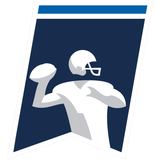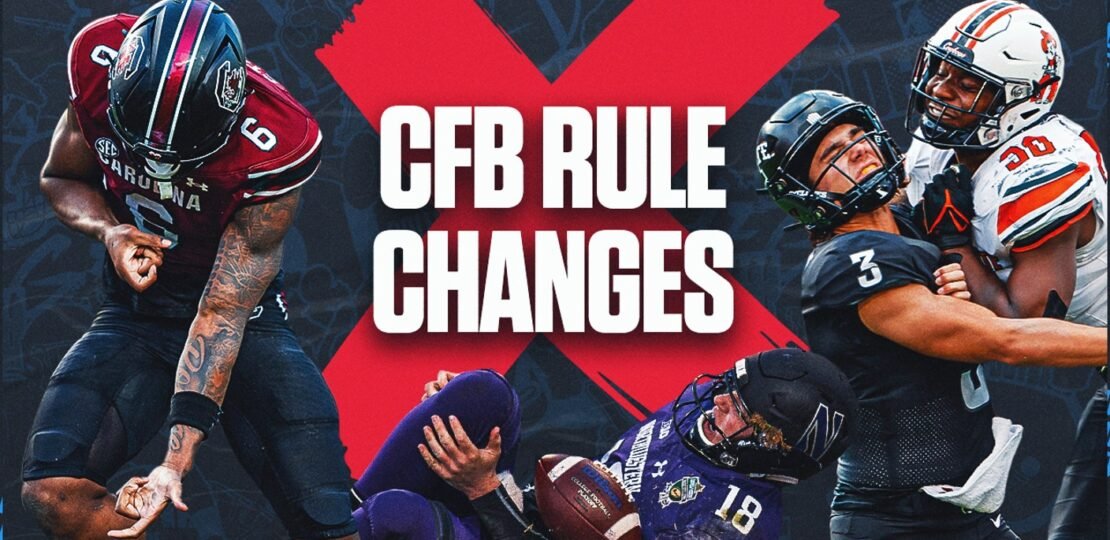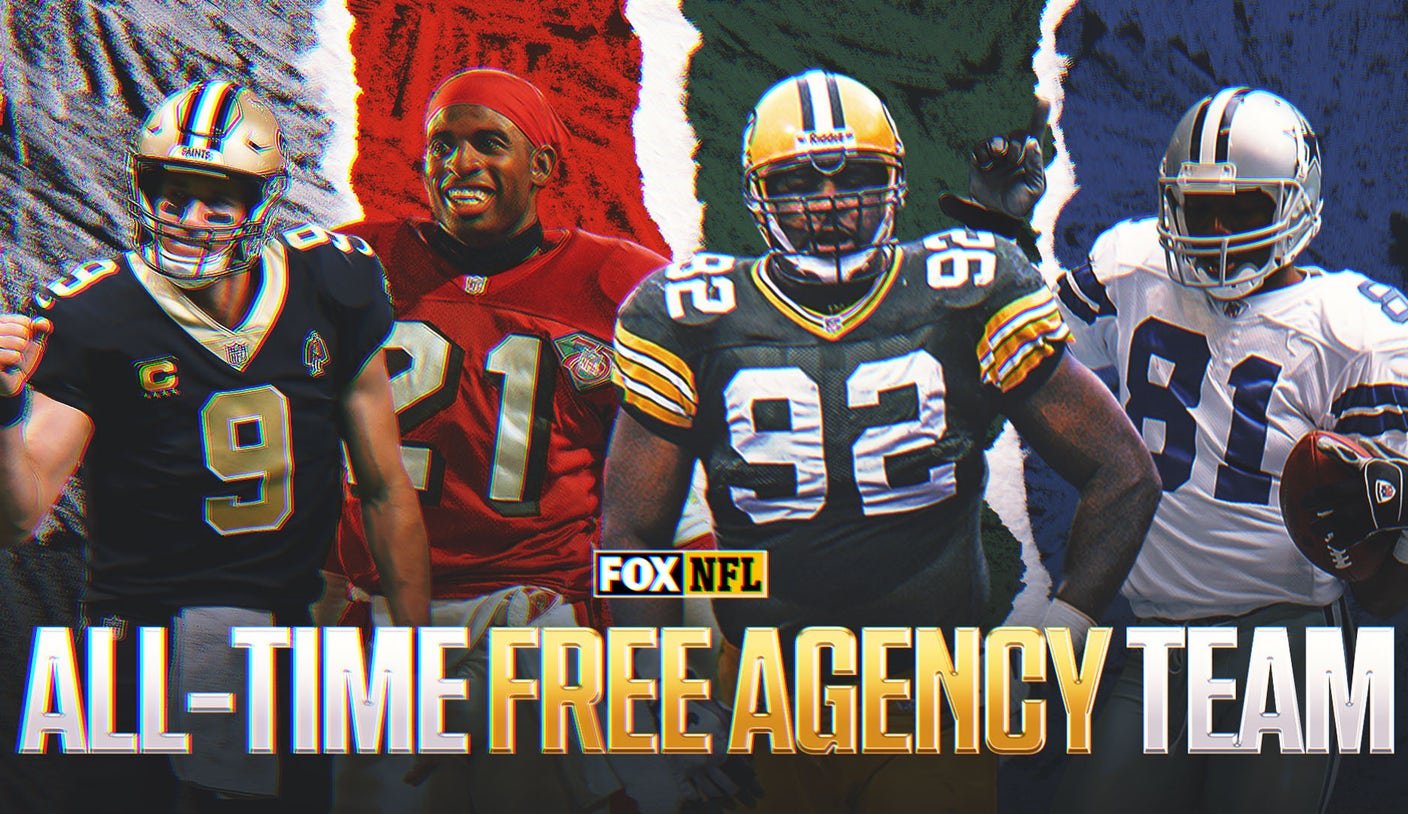Mike Pereira
NFL & College Football Rules Expert
Fake an injury? That’s a flag. Celebrate with a fake firearm? That’s a 15-yard penalty. College football is undergoing some of its more noticeable rule changes in recent memory.
Rule changes by their very nature might not seem like overhauls on the surface, but as any college football fan will tell you, a flag at the wrong time can have a major impact on the sport’s biggest games.
Let’s break down what you can expect this season on the college gridiron.
Updated Touchdown Celebration Rules
A big point of emphasis this season in college football is going to be celebrations. Players won’t want to use fake guns as a celebration tool or else it’s going to be an automatic penalty.
Don’t shoot your pretend gun. Don’t show that you have one tucked away. Don’t act like there’s any recoil. Just leave that out of it this year, and there won’t be any penalties.

With that, no fake acts of violence in general. The throat slash is already an awful signal, so players should plan on leaving that one out this season too.
In some ways, college football has gotten a little more liberal with its celebrations. Now, you can spike the football and there are some other things that are permitted a little more. They are tightening up on certain things.
No weapons should be seen on the field this season. Otherwise, it’s likely to cost your team 15 yards.
Penalizing Fake Injuries
A round of applause for the NCAA, which is the first major football organization to address the issue of faking injuries.
With teams playing at a fast pace and high tempo with no huddles, the best way for some teams to slow down that speed is to have a player go down on defense to stop the game. Suddenly, you’d see a player grab a hamstring or ankle and sit down to stop the game. Teams will be discouraged to put that into practice this season.

The problem was: how were officials supposed to address that? How should they know if it’s a legitimate injury? Officials are not interested in guessing whether a player is actually injured.
I’m a big fan of what the NCAA has done to combat this.
If a player goes down after the ball has been placed for the next play, the team will be charged a timeout. If that team doesn’t have any timeouts left, there will be a penalty for delay of game.
I think these punishments will stop this from happening. There’s a way to do it legally, and I think a lot of teams were coaching it up to be done legally. The rules said it was unethical, but there’s no penalty for that. Now, there is a punishment, which I think is a very good thing for the game.
Roughing the Passer Update
Everybody wants to make sure quarterbacks are protected, and I get that. For this season in college football, there were a few words added to the rule for roughing the passer.
The goal is to protect the player who’s in a passing posture. That means if he’s in the pocket and looking down the field, he’s defenseless. He might be able to feel pressure coming from either side, but he’s essentially a defenseless player. As long as a quarterback is in that passing posture, whether he’s going to throw it or get sacked before he throws it, that’s what they’ll consider a passing posture.

If that quarterback takes off running or is on the run, that’s not a passing posture until the player stops and gets set again to a point where it’s clear he’s a passer. That passing posture will be key for this season.
Something else on player safety that has also been addressed this season is a player who is attempting to secure a loose ball. When the ball is fumbled or there’s a muffed punt, you have players going after it. Those players are now considered defenseless.
What does that mean? Well, if someone is idiotic enough to try to hit that player instead of making an effort to recover the football, that will be a penalty.
It’s a wrinkle to the rule that was likely added because it happened once in a game and there was no way to enforce it. I don’t think this will really come up, but it’s something that was covered.
New Overtime Timeout Rules
Overtime in college football isn’t going to change too much, but there are changes to it.
The format itself isn’t going to change, really. Each team will still get the ball and is able to kick the extra point after a touchdown in the first overtime period, then it will have to attempt the 2-point conversion.

New overtime rules will be coming to college football. (Photo by Gus Stark/LSU/University Images via Getty Images}
How timeouts worked was that both teams got a timeout for both the first and second overtime periods. Next, though, is where the change will come.
Entering the third overtime period, each team will only get one timeout to use for the rest of the game. The goal is to keep the game condensed without going eight or nine periods while still remaining competitive.
Full College Football Rule Changes
- If a player goes down injured after the ball is spotted by the officials, that player’s team will be charged a timeout. If that team is out of timeouts, a five-yard penalty for delay of game will be assessed. The player has to stay out of the game for at least one down and cannot return until being approved to re-enter the game by medical personnel.
- Teams are given one timeout for each of the first two overtime periods, but they will be given only one timeout for the remainder of the game starting in the third period.
- Verbiage for referees announcing the result of reviews has been changed. Instead of calls being “confirmed” or it being announced that a call “stands,” the referee will say that the play is “upheld.”
- Instead of waving for a fair catch, the returning team of any kick will make the “T” signal. With that signal, there will be no return of the kick permitted.
- Defensive players that are within one yard of the line of scrimmage may not attempt to goad the offense into a foul by making abrupt or exaggerated gestures or sounds that simulate the snap or aren’t normal motions. The same rules will be applied to the offense.
- Players may not use words or signals when the offense is about to put the ball in play. Players cannot make defensive signals that simulate the offense beginning its set of signals on a given play. The words “move” and “stem” are reserved for defensive cadence and cannot be used by the offense, while a clap is reserved for the offense.
- If the defense has more than 11 players on the field at the snap, that foul will be a five-yard penalty. If it occurs after the 2-minute warning, the offense will have the option to reset the game clock at the time of the snap in addition to the penalty.
- Scrimmage kick formations have been adjusted. To qualify as one, there must be a potential kicker that is 10 or more yards behind the line of scrimmage in an obvious kicking situation. Also, no player other than the kicker or holder may be aligned with the snapper.
- If the offense is in a kicking formation at the snap, a defensive player within one yard of the line of scrimmage must be aligned outside of the snapper’s body frame. Also, contact cannot be made with the snapper until one second after the snap. If the snapper becomes an eligible receiver, he loses those protections.
- Coaches can now communicate with players through the players’ helmets beginning in 2025.
- Tablets were permitted in 2024, but they may not be connected to other devices to project larger images. Starting this year, tablets may be connected to display larger images in the locker room during halftime or suspended games. Data like play sheets or statistics, though, are not permitted.
- Eye shields must be clear and made from molded or rigid material. If a manufacturer submits what would be considered a “nearly clear” shield without reflective effects, it has to have done so by July 15 for it to be allowed for the following season.
- Players trying to recover loose balls have been added to the list of defenseless players.
- Simulating any form of gun violence or the firing of a weapon will result in an automatic unsportsmanlike conduct foul. Even if a player brandishes a weapon, that will result in a similar penalty.
Want great stories delivered right to your inbox? Create or log in to your FOX Sports account and follow leagues, teams and players to receive a personalized newsletter daily!
What did you think of this story?
recommended

Get more from the College Football Follow your favorites to get information about games, news and more




